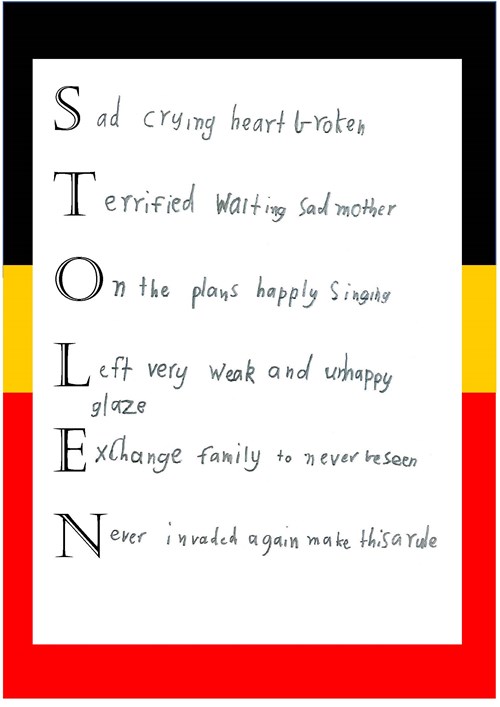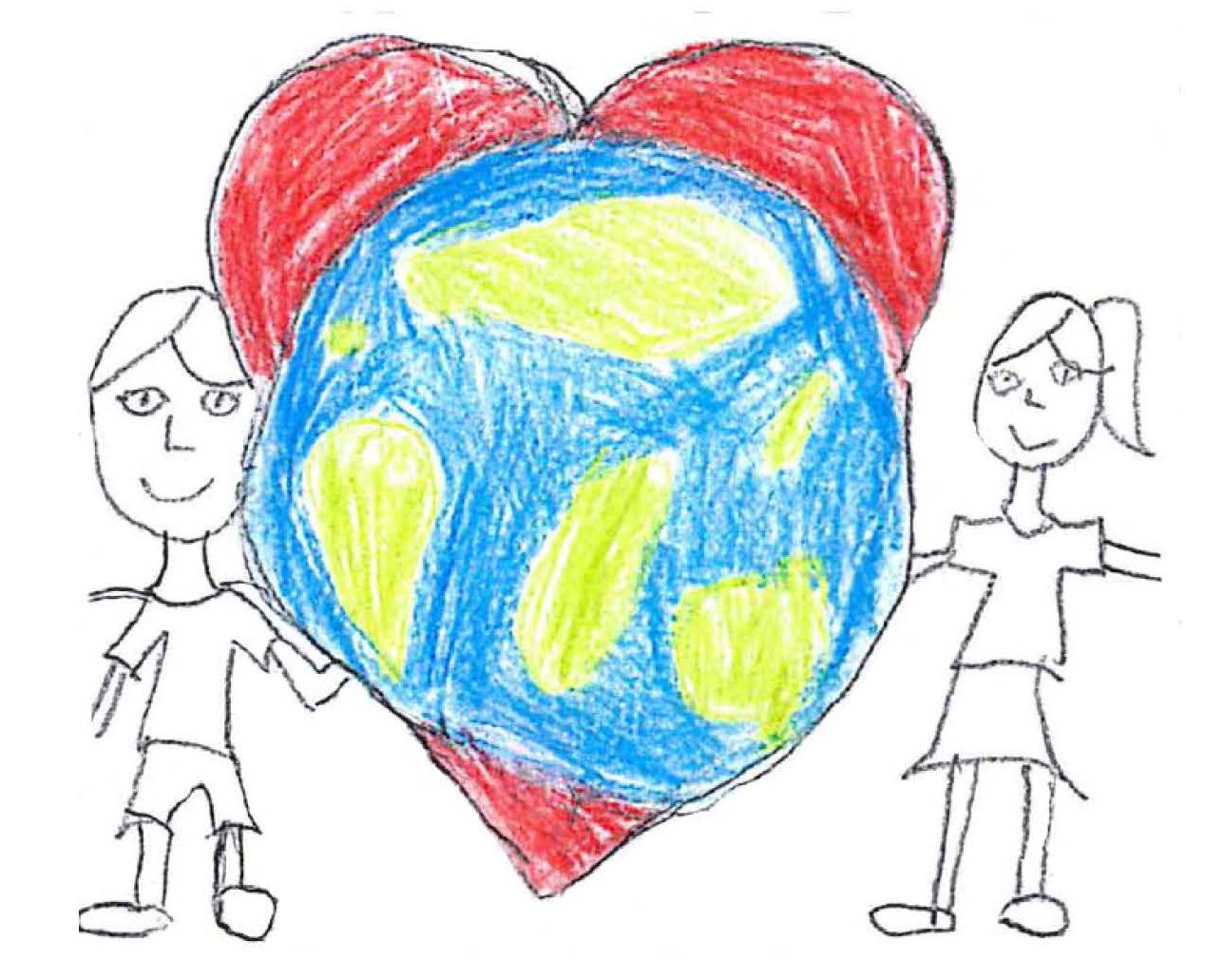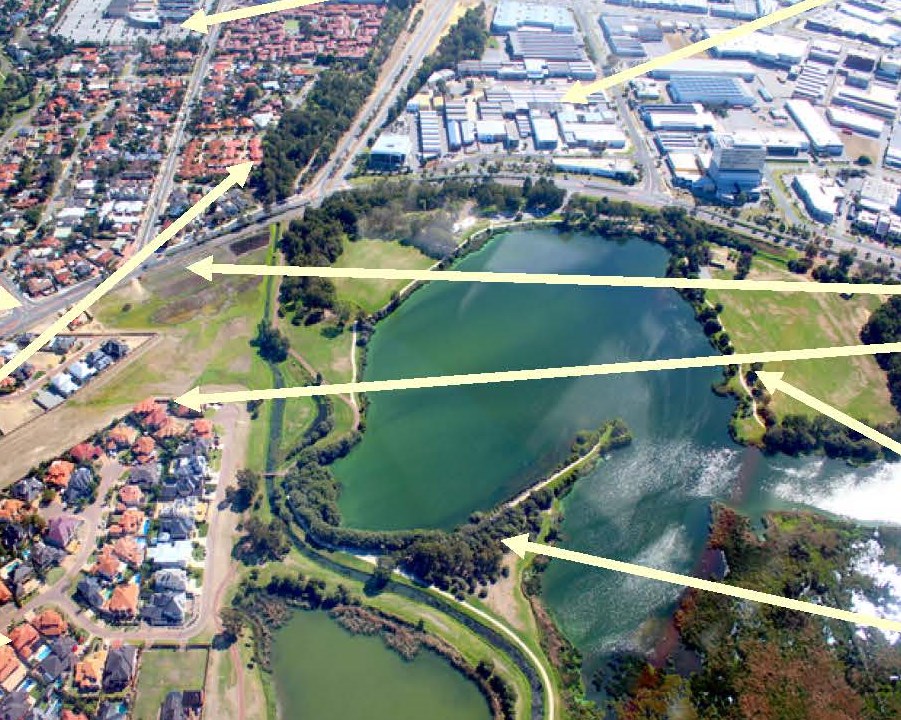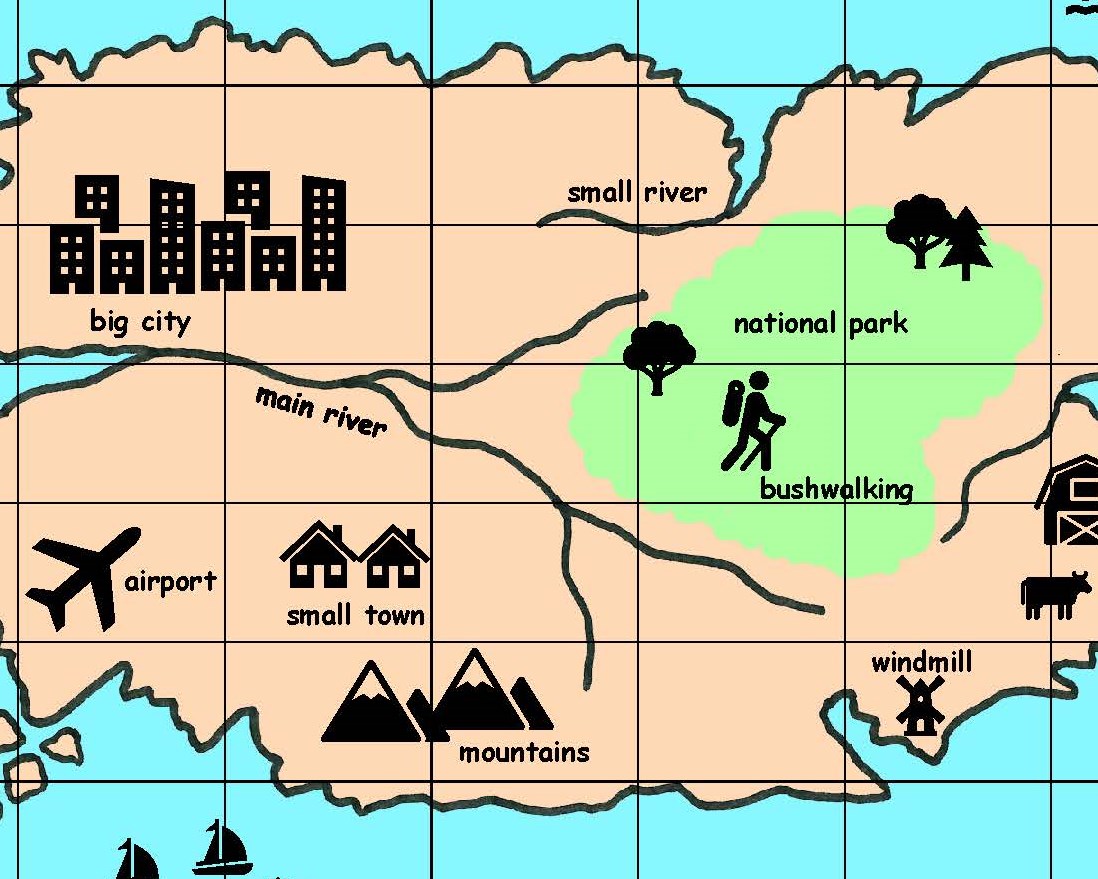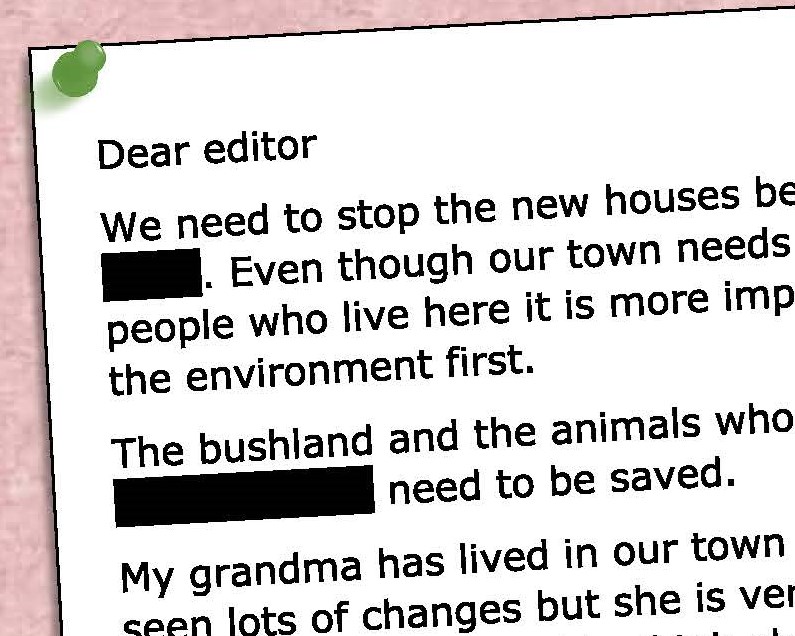'Stolen'
Summary of task
Students were engaged in a series of activities associated with the theme of reconciliation. Students listened to a teacher-reading of ‘The Shack that Dad Built’ by Elaine Russell and completed a tabular comparison of lives and experiences. Students listened to a teacher-reading of ‘Stolen Girl’ by Trina Saffioti and completed a Venn diagram to identify similarities and differences in lives. Students viewed selected sections of the film ‘Rabbit Proof Fence’, listened to the music and lyrics of Archie Roach and completed an acrostic poem for the word STOLEN. These activities took place in class across five weeks and culminated in a whole-school assembly on National Sorry Day (26 May) at which students read their poems.
Achievement standard
By the end of Year 3, students identify individuals, events and aspects of the past that have significance in the present. They identify and describe aspects of their community that have changed and remained the same over time. They identify the importance of different celebrations and commemorations for different groups.
Students sequence information about events and the lives of individuals in chronological order. They pose questions about the past and locate and collect information from sources (written, physical, visual, oral) to answer these questions. They analyse information to identify a point of view. Students develop texts, including narrative accounts, using terms denoting time.
By the end of Year 3, students explain the role of rules in their community and the importance of making decisions democratically. They describe how people participate in their community as active citizens.
Students pose simple questions about the society in which they live. They collect information from sources to answer these questions. They examine information to identify a point of view and draw simple conclusions. Students share their views on an issue and describe how they participate in a group. They present their ideas and conclusions in oral, visual and written forms using civics and citizenship terms.



